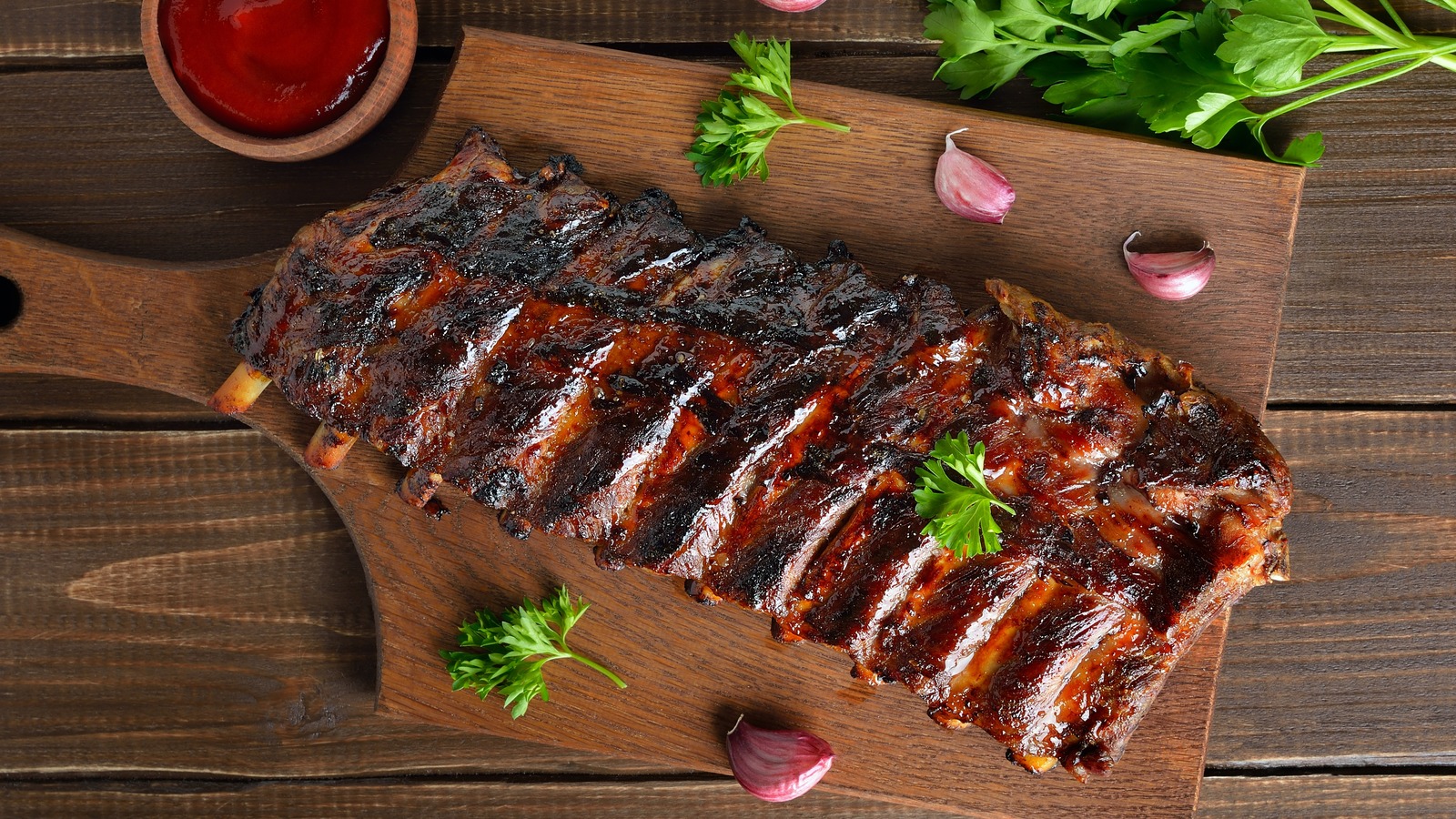
"Making sure they aren't chewy involves some of the most precise science demanded by any recipe. Tough connective tissue requires a clean bite to easily tear off the bone."
"Removing the membrane, called the 'silver skin,' is crucial for improving rib texture. Loosen one end to peel it off with a flat kitchen tool."
"Rhythmically cooking ribs at low temperatures allows collagen to break down into gelatin, making ribs more flavorful and tender. Ribs are typically cooked at 225 degrees Fahrenheit."
"Collagen begins to break down into liquid gelatin at around 160 degrees Fahrenheit, requiring ample time for tender ribs that are not chewy."
To avoid chewy ribs, removing the membrane, known as the 'silver skin', is vital. This step is easy and makes a significant difference in the cooking process. Use a flat tool, like a table knife, to loosen and peel off the membrane. The second key factor is cooking ribs long enough to break down collagen, which turns into gelatin, enhancing flavor and tenderness. Ribs should be cooked low and slow, ideally at around 225 degrees Fahrenheit, to ensure all connective tissue melts properly, achieving the desired texture.
Read at Tasting Table
Unable to calculate read time
Collection
[
|
...
]